Office Space Rental &
Serviced Offices in Holborn 
Introduction To Holborn Commercial Offices 
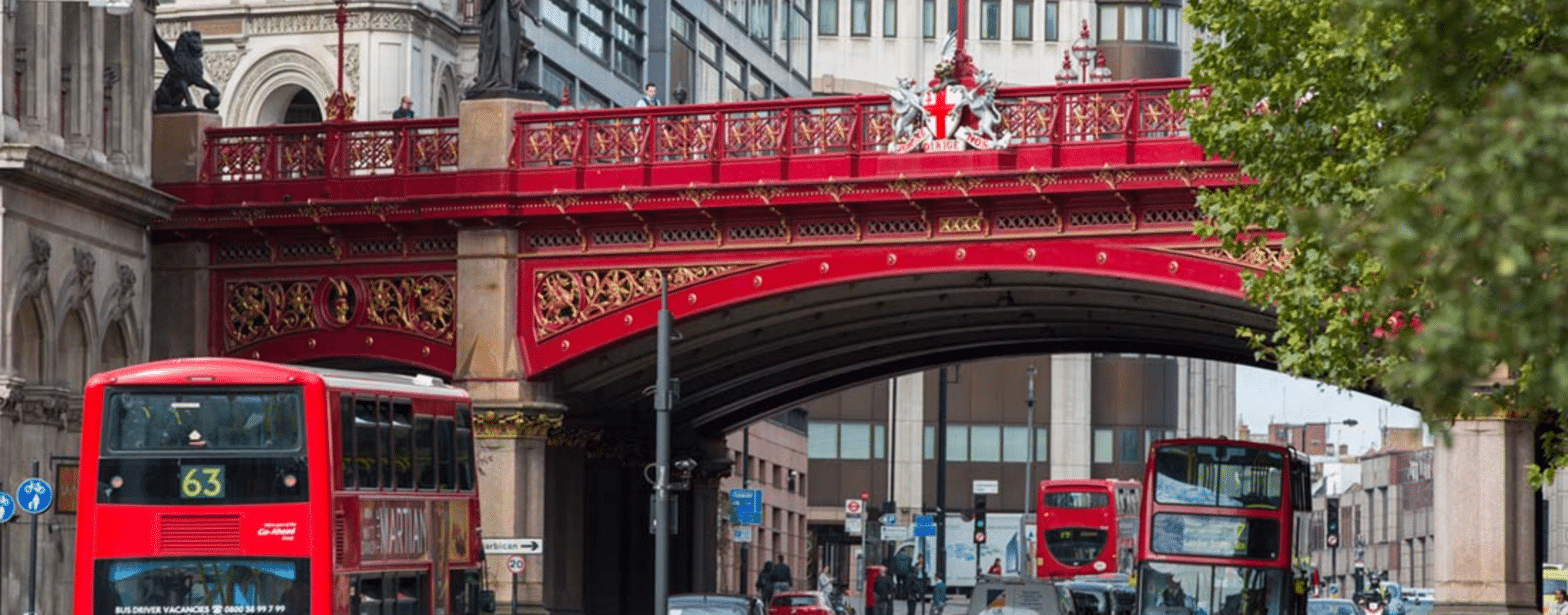
Quick Links

Serviced & Flexible Offices in Holborn 
31-33 High Holborn, London WC1V 6AX, UK

![]() Distance From
Distance From
- Holborn (6 Minute Walk)
- Chancery Lane (2 Minute Walk)
The Space, 235 High Holborn, London, WC1V 7DN

![]() Distance From
Distance From
- Holborn (5 Minute Walk)
- Chancery Lane (10 Minute Walk)
Chancery, 44 Southampton Buildings, WC2A

![]() Distance From
Distance From
- Gray’s Inn (Few Minutes Walk)
- Hatton Garden ( Few Minutes Walk)
Traditional Office Rental in Holborn 
88 Kingsway, Holborn, London
WC2

![]() Distance From
Distance From
- Holborn (0 Minute Walk)
- Tottenham Court Road (5 Minute Walk)
20 Red Lion Street, London WC1R 4PQ, UK

![]() Distance From
Distance From
- Holborn (5 Minute Walk)
- Chancery Lane (6 Minute Walk)
31-33 High Holborn, London WC1V 6AX, UK

![]() Distance From
Distance From
- Holborn (4 Minute Walk)
- Chancery Lane (3 Minute Walk)
Luxury Holborn Offices To Let 
Travel To Holborn Offices 
Best Main Line Rail Stations to Access Holborn's Office Space 



Served by East Coast Main Line trains from York, Newcastle, Edinburgh and eastern destinations.
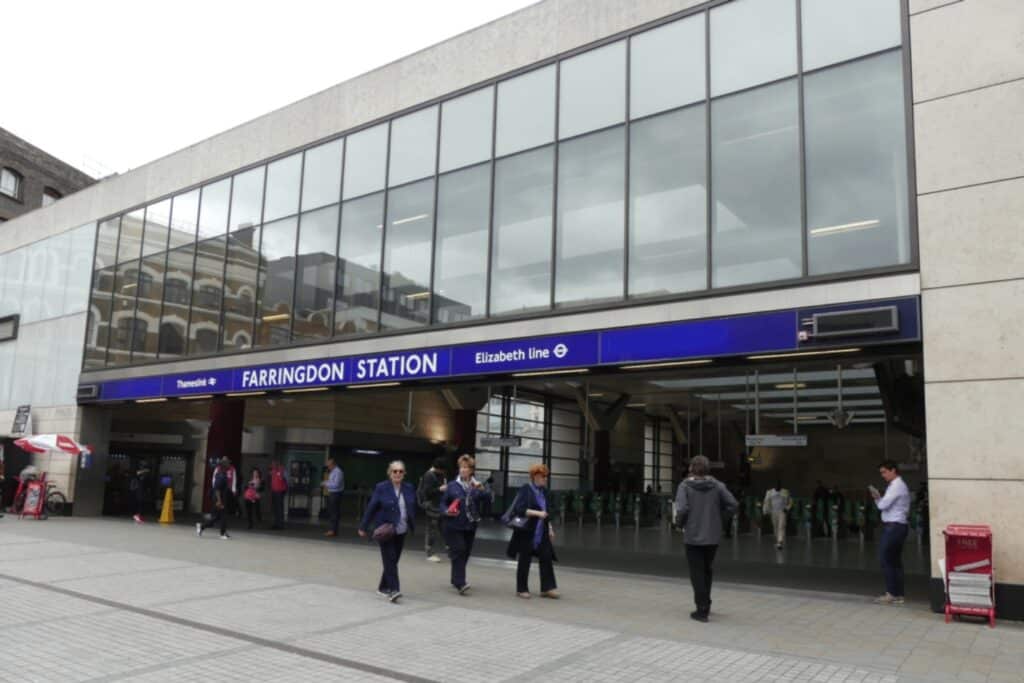



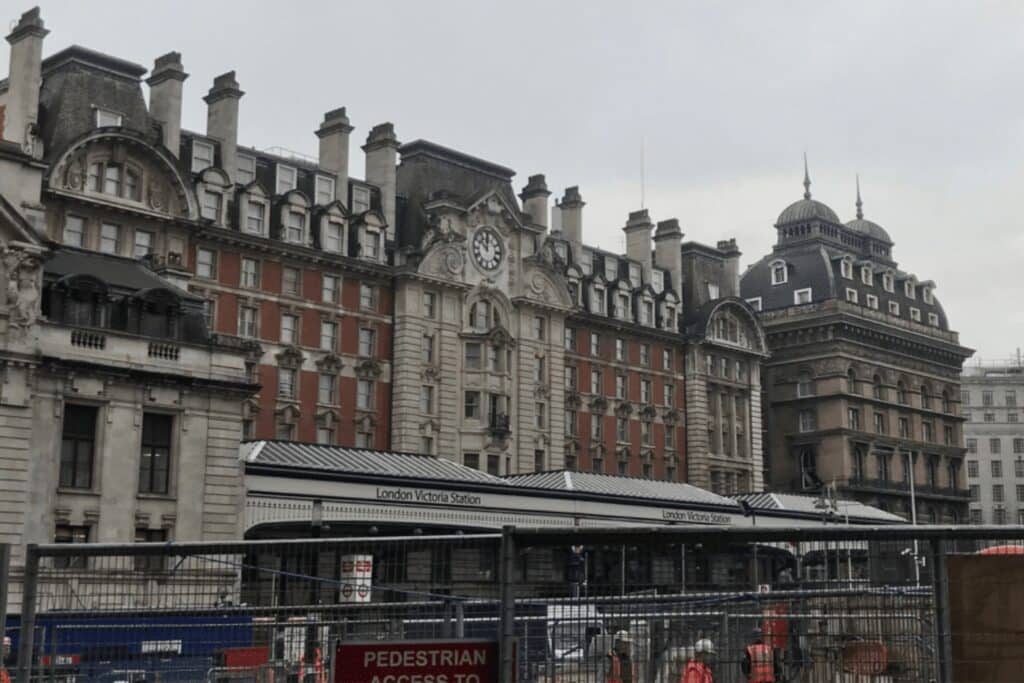
Victoria Station
Major national rail terminal served by Gatwick Express airport trains and other southern routes.
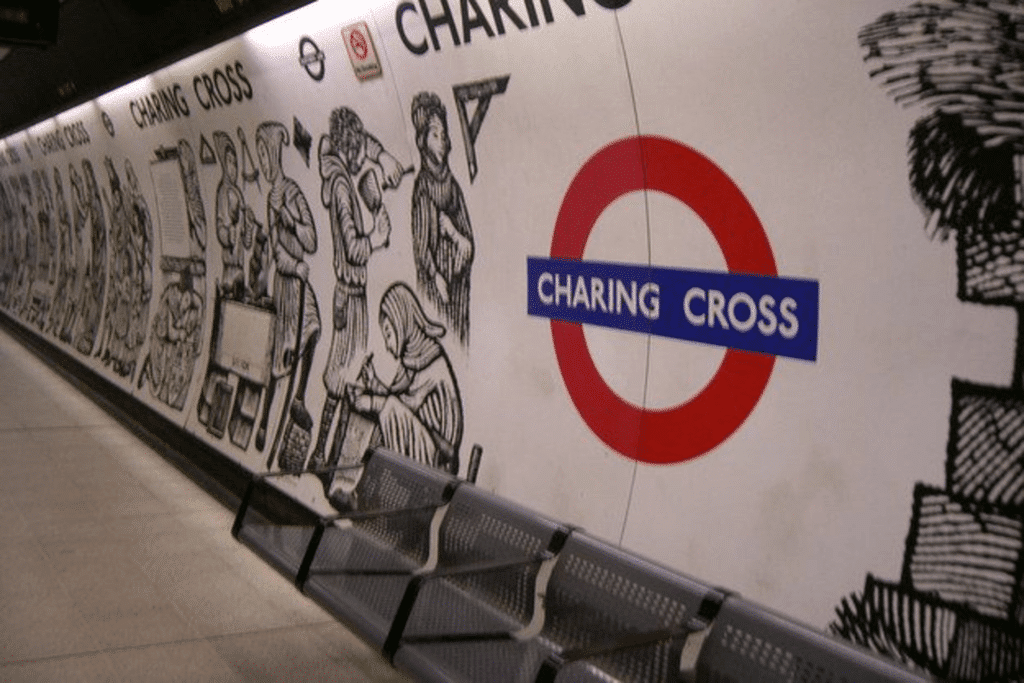
Charing Cross Station
Served by Southeastern trains from Kent and East Sussex as well as some Eurostar services.
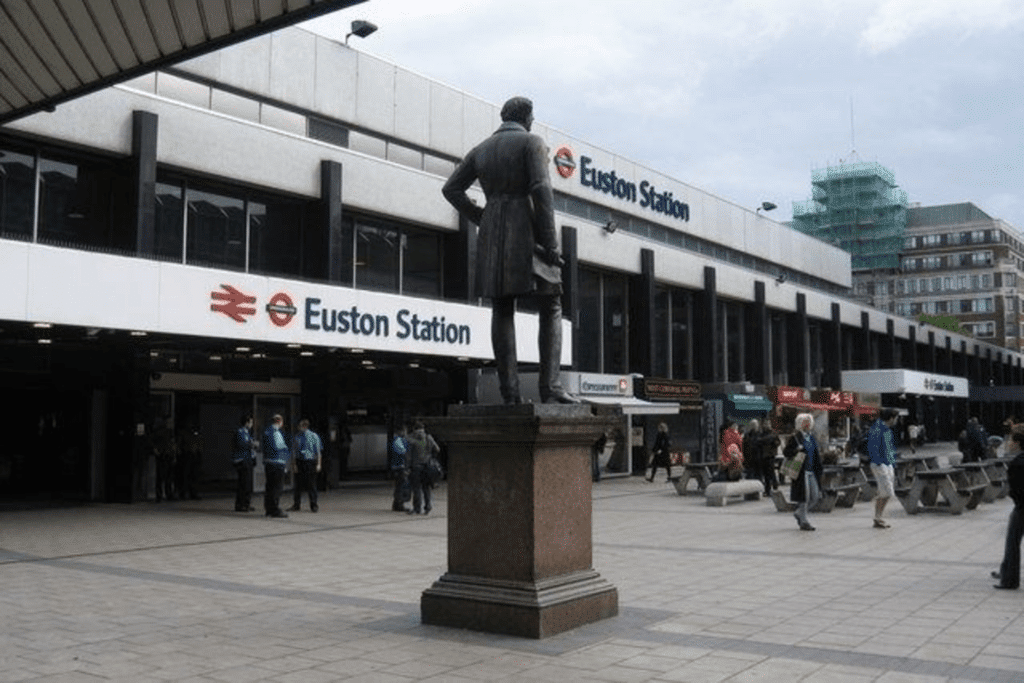
Euston Station
Main station for West Coast Main Line trains from Manchester, Liverpool, Birmingham and other northern destinations.
Nearest Underground Stations to Holborn Office 
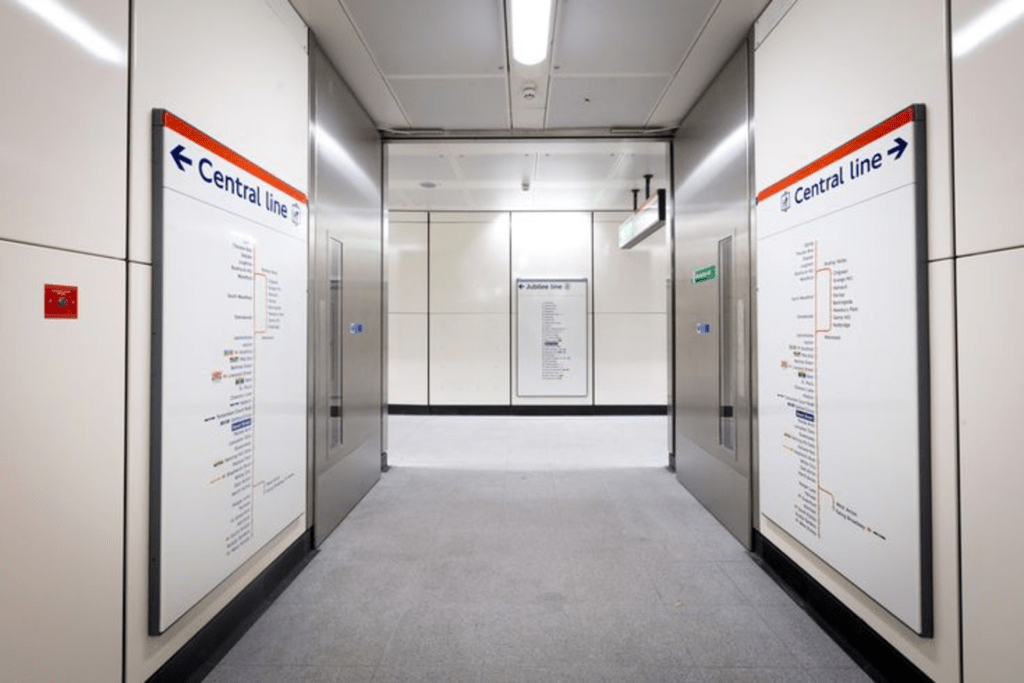
Bond Street
Central Line 🔴
Jubilee Line ⚪

Oxford Circus
Victoria Line 🔵
Bakerloo Line 🟤
Central Line 🔴
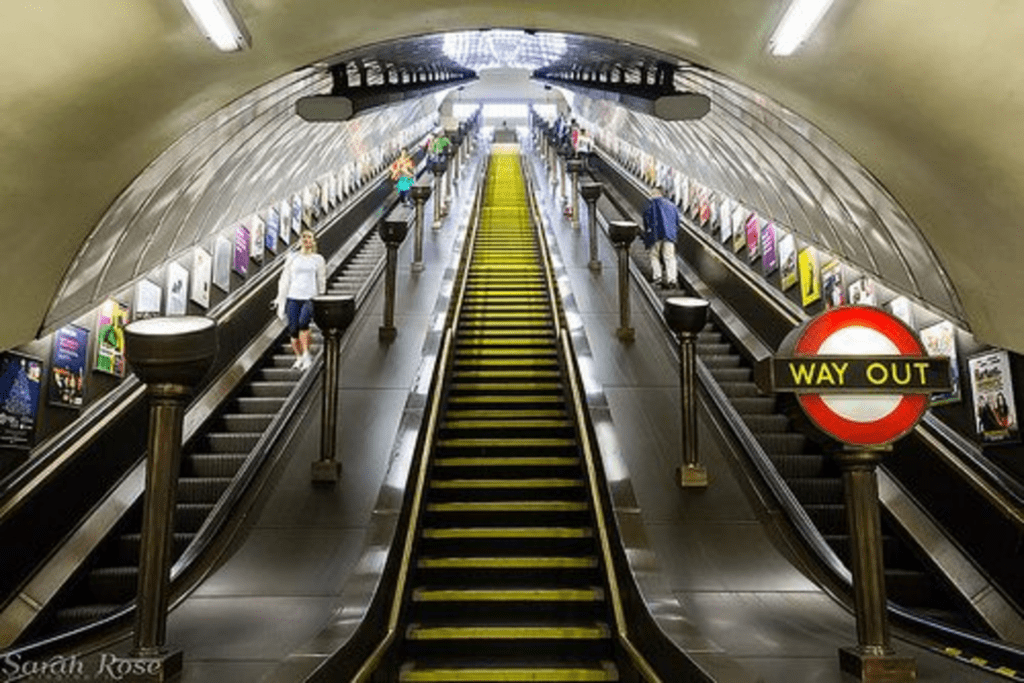
Green Park
Victoria Line 🔵
Jubilee Line ⚪
Piccadilly Line 🌑
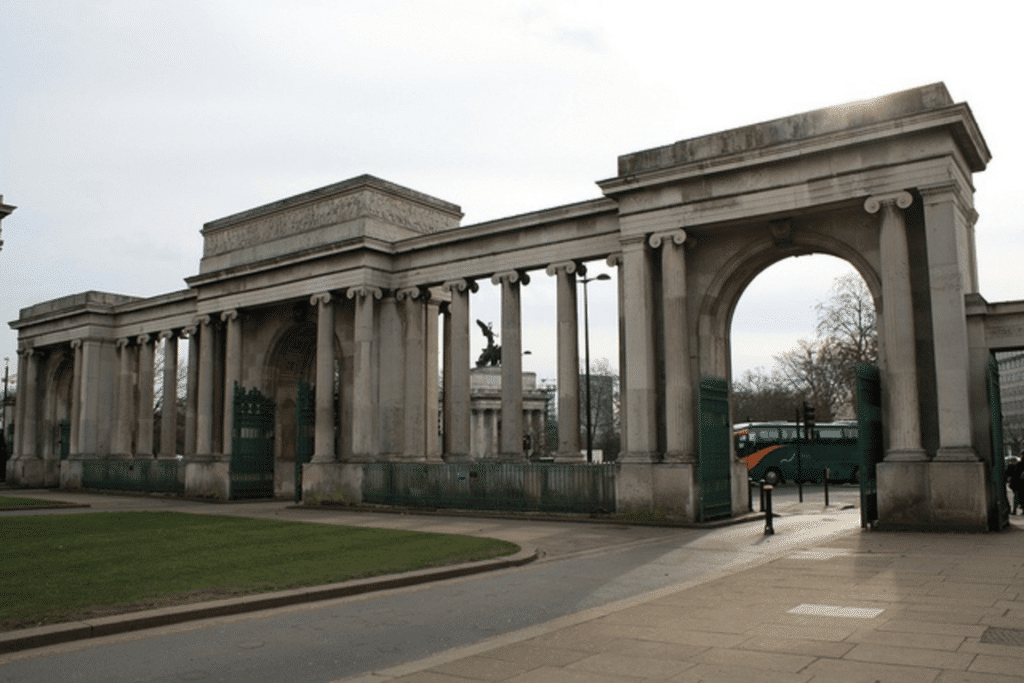
Hyde Park Corner
Piccadilly Line 🌑
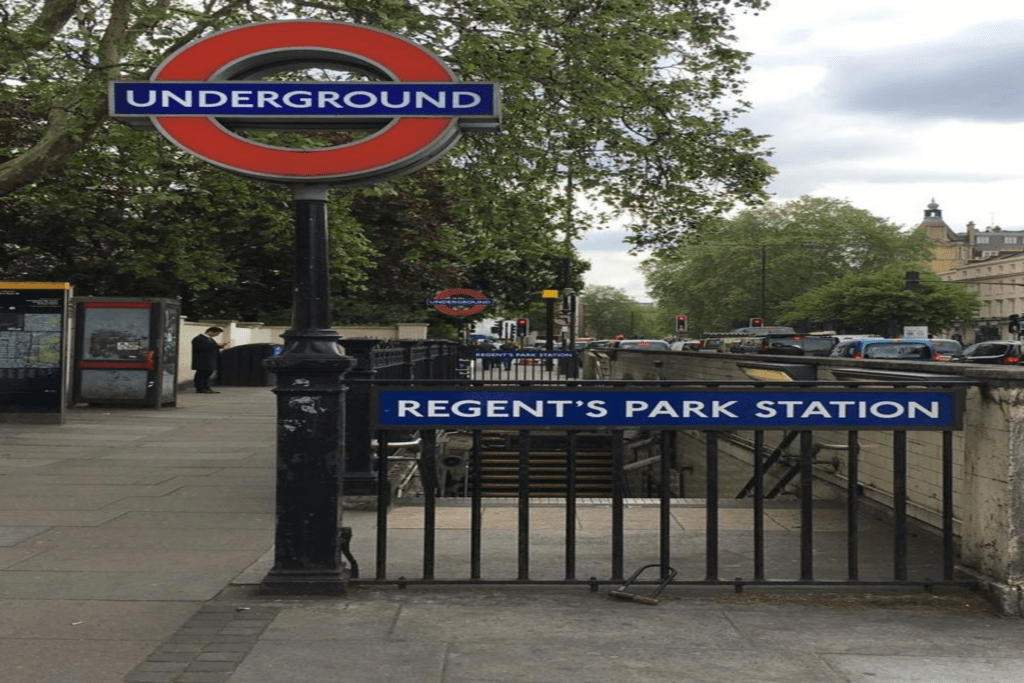
Regent's Park
Bakerloo Line 🟤
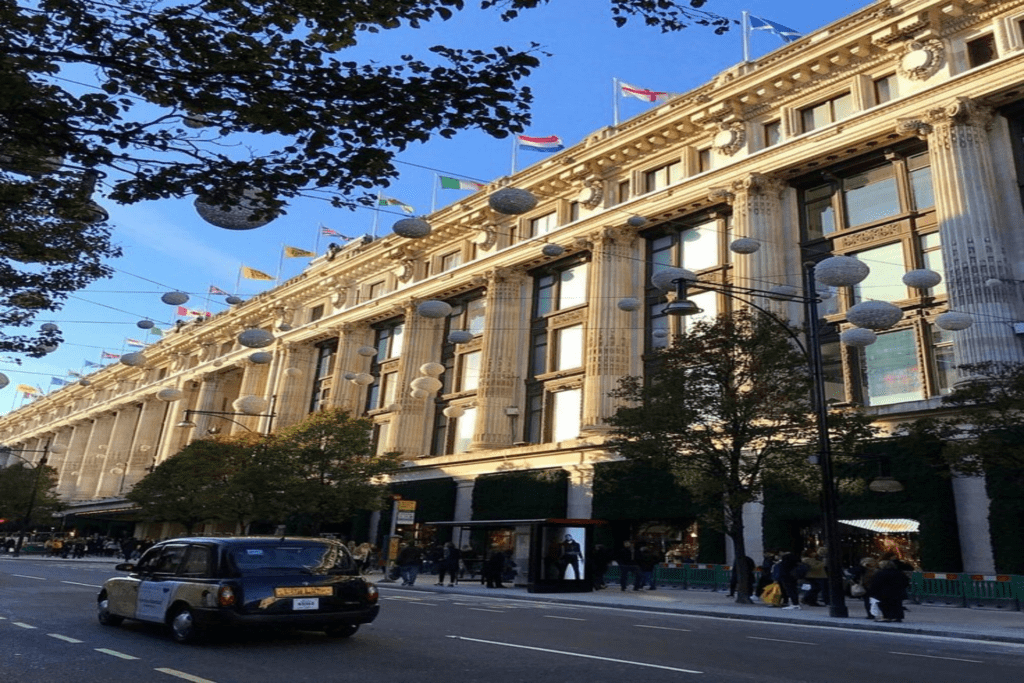
Marble Arch
Central Line 🔴
Expert Holborn Commercial Lettings Agent 
About Holborn 
Police Service
Metropolitan
Ceremonial county
Greater London
Postcode District
WC1, WC2
Dialing Code
020
Population
13,023 (2011 Census. Holborn and Covent Garden Ward)
Average Weather
16°C, Wind SW at 8 mph (13 km/h), 67%
Current Weather in Holborn 
Areas Within Holborn 
- Lincoln’s Inn
- Gray’s Inn
- The British Museum
- Sir John Soane’s Museum
- Leather Lane Market
- Hatton Garden
- Red Lion Square
- The Royal Courts of Justice
Things To Do In Holborn 

Explore the Inns of Court
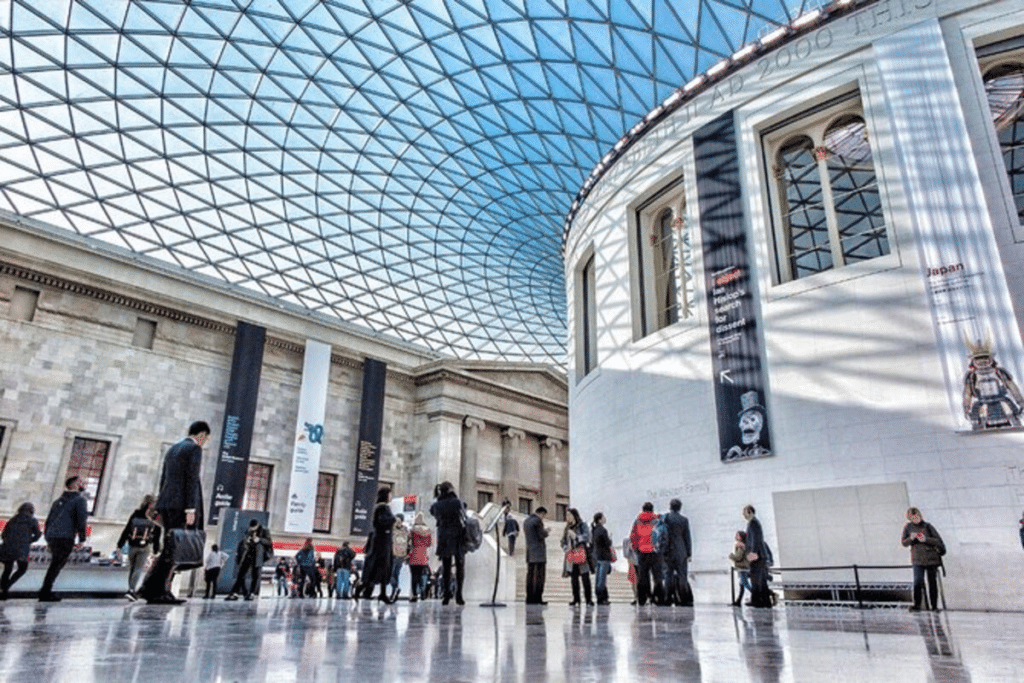
Visit the British Museum
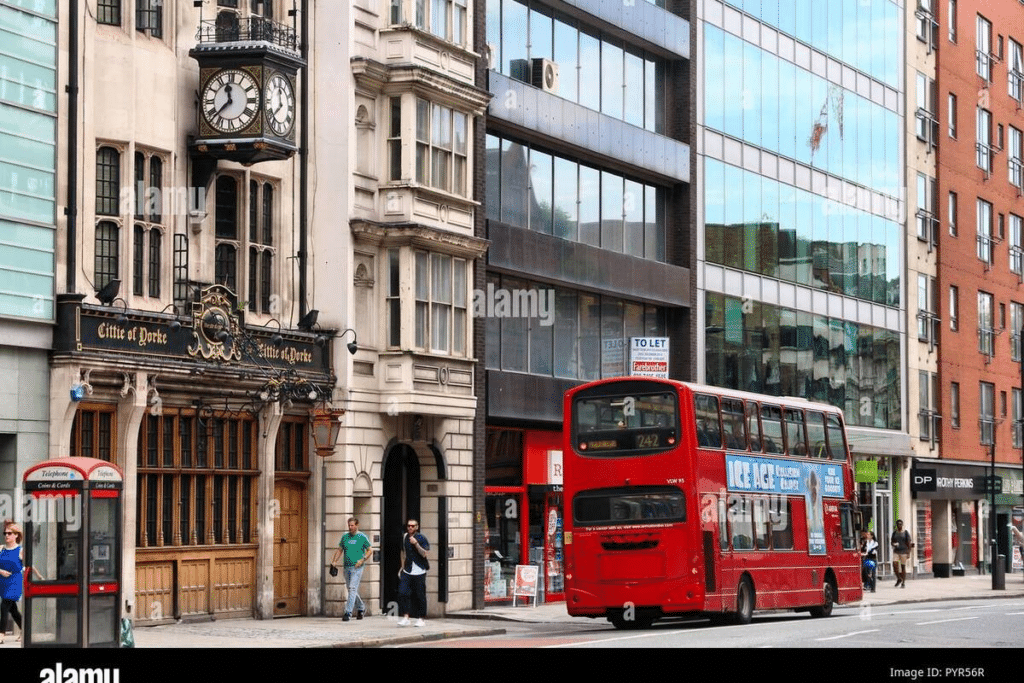
Walk Along High Holborn
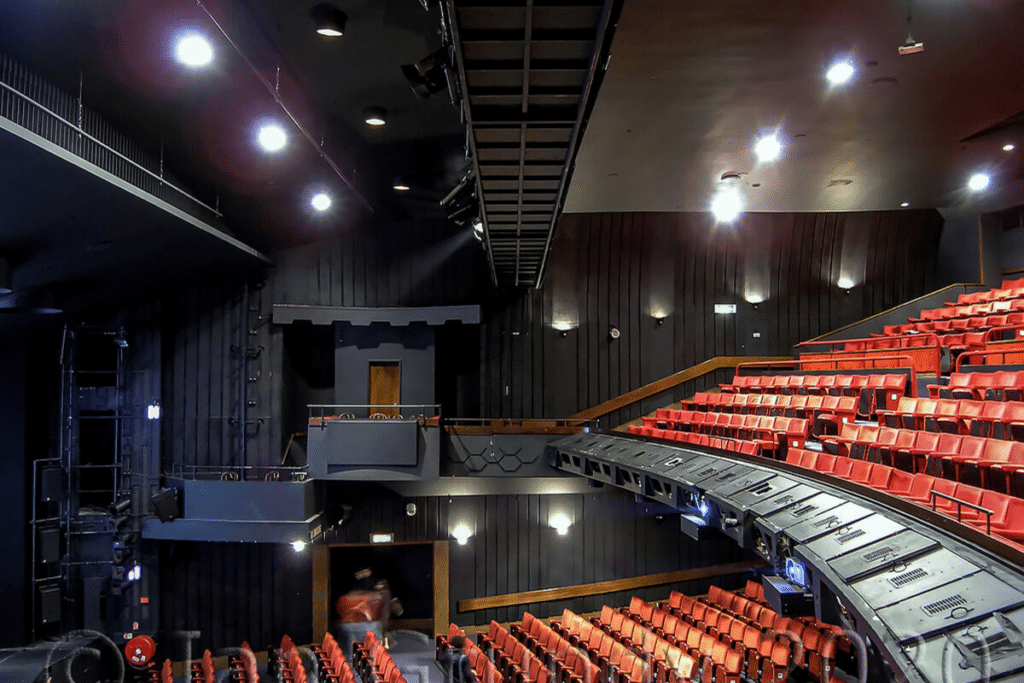
Theatre and Performance
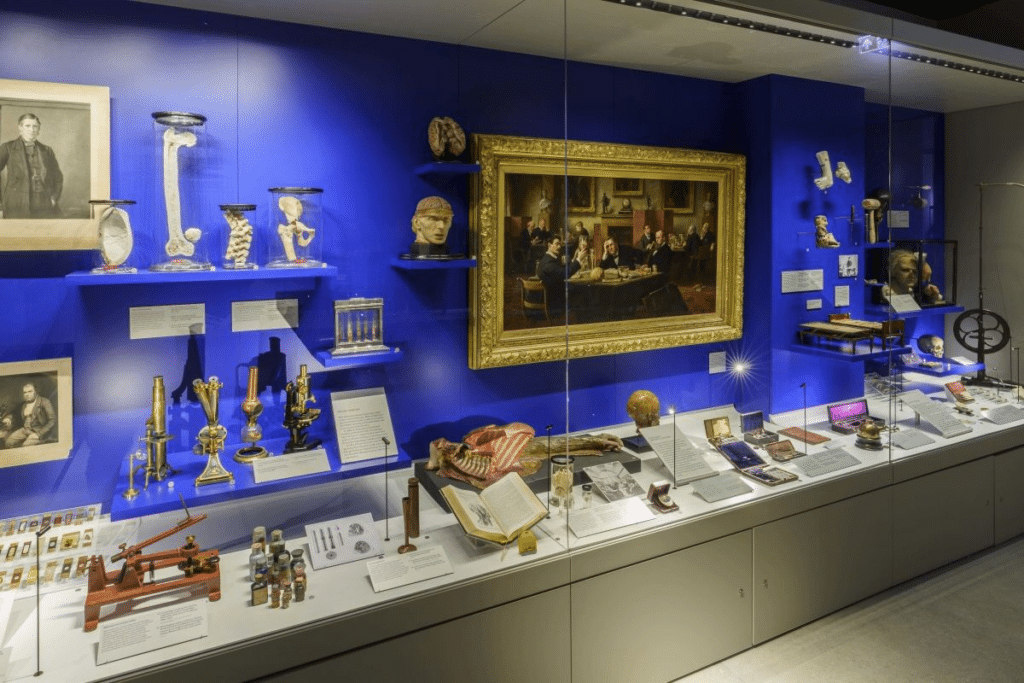
Visit The Hunterian Museum
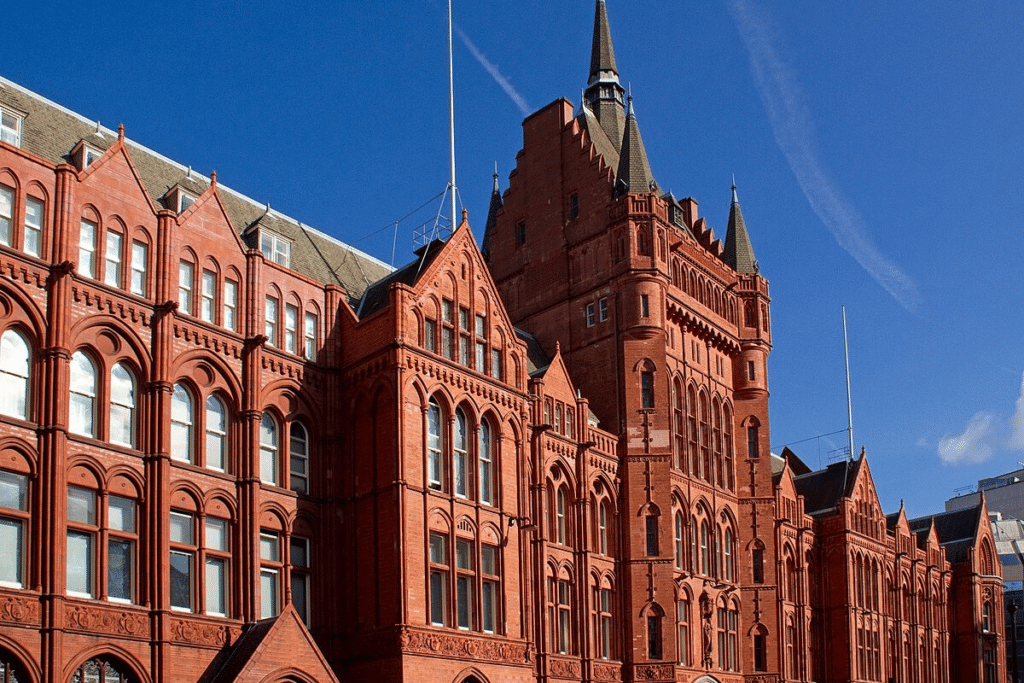
Explore Holborn Bars
Map of Holborn and Its Offices 
Contact Information 
Any question or remarks? Just write us a message!
020 7183 8458
Victor Harris Commercial Ltd 62 Grosvenor St London W1K 3JF


